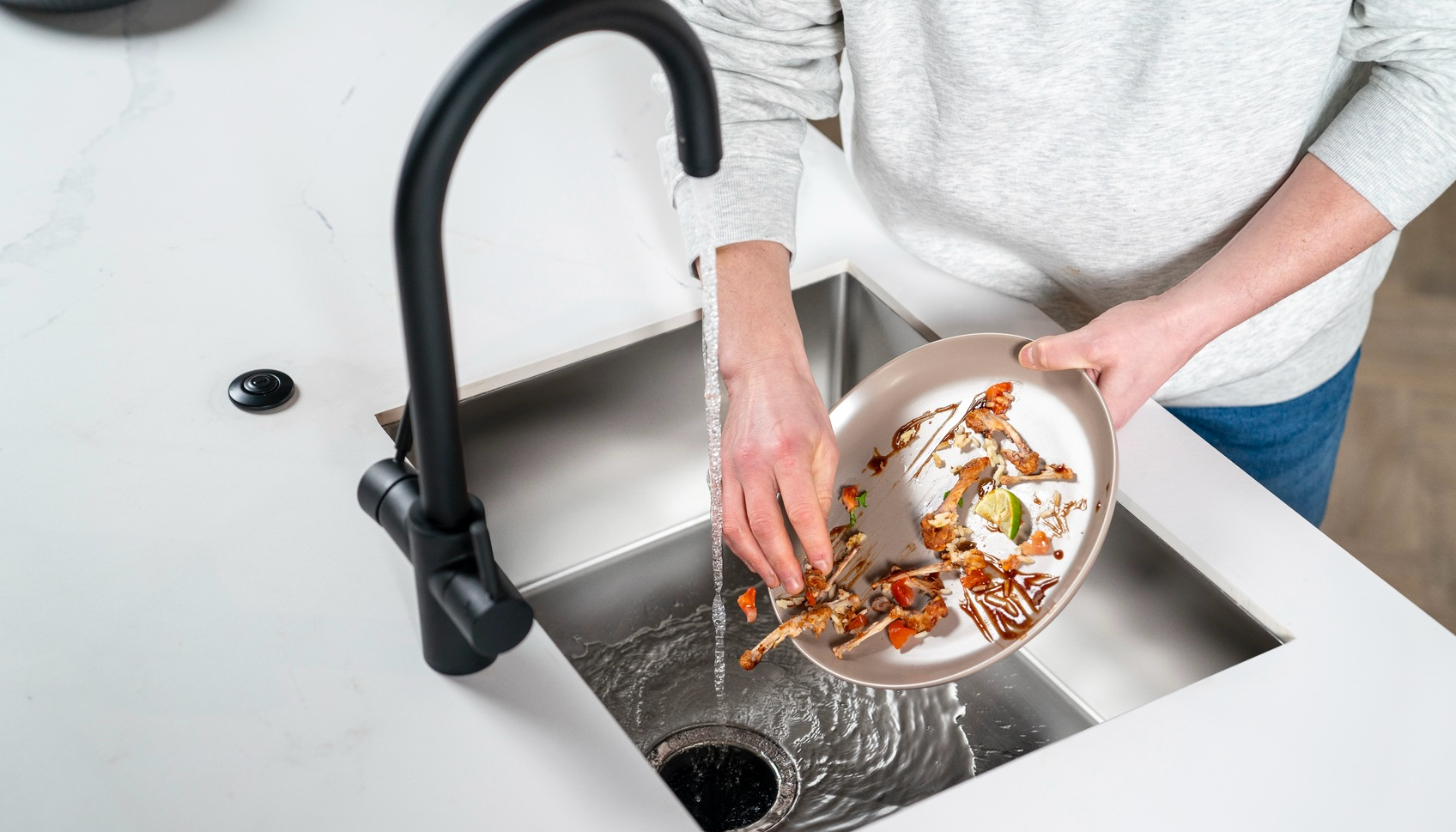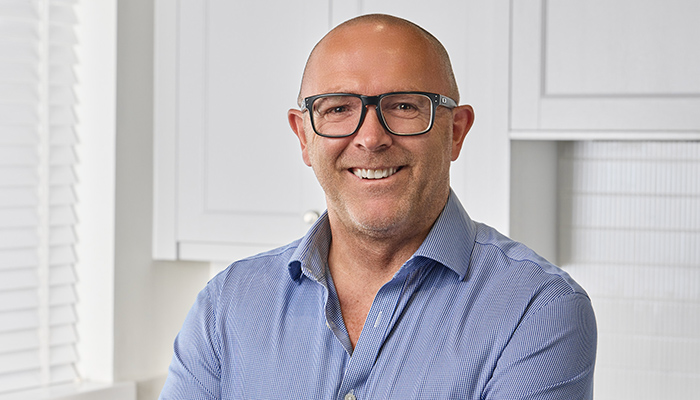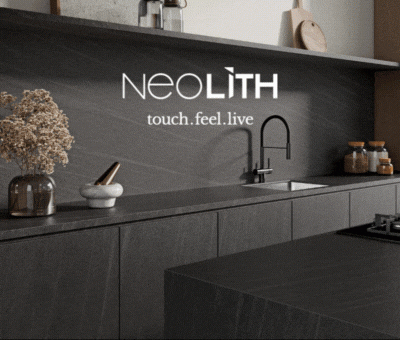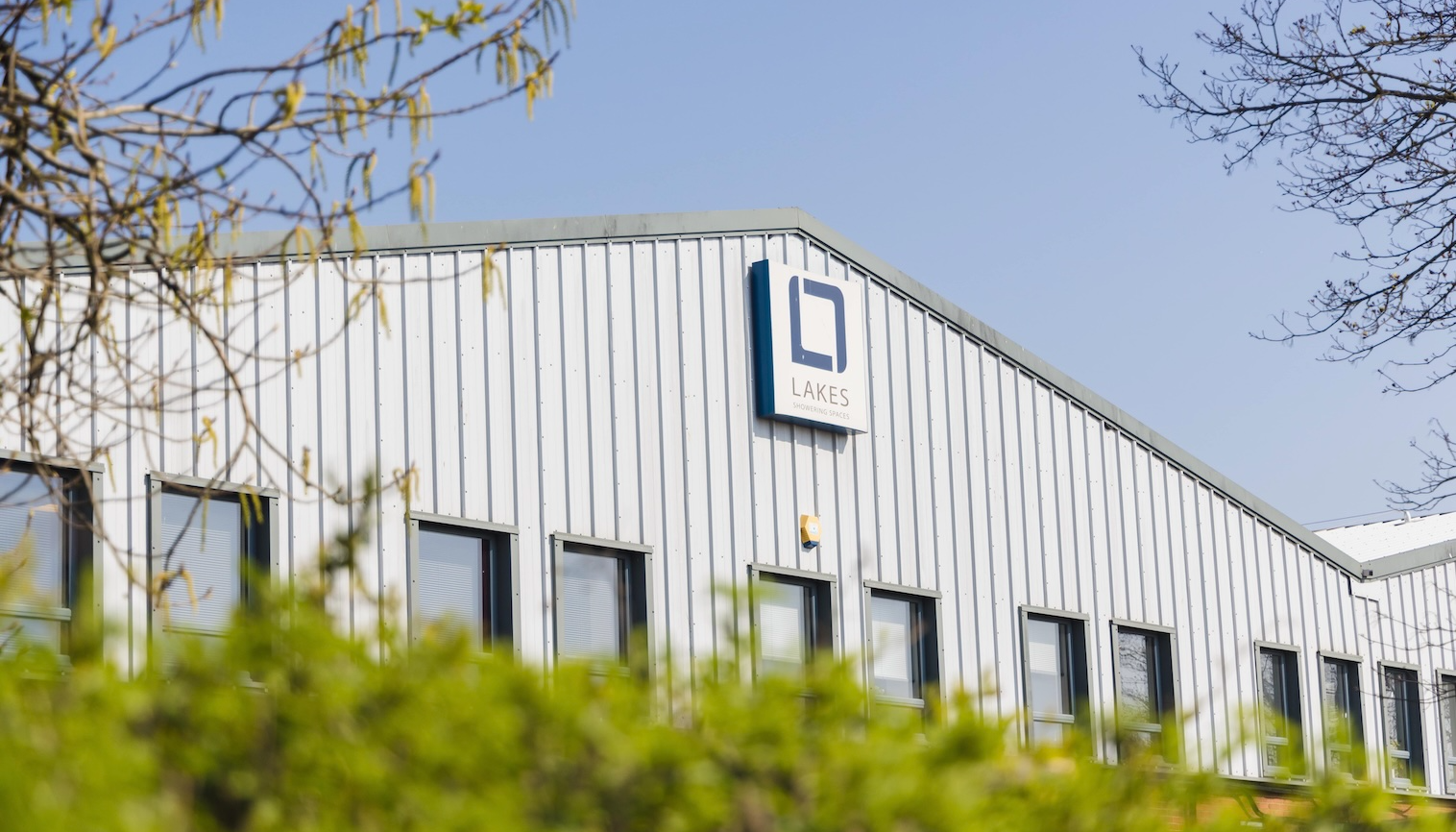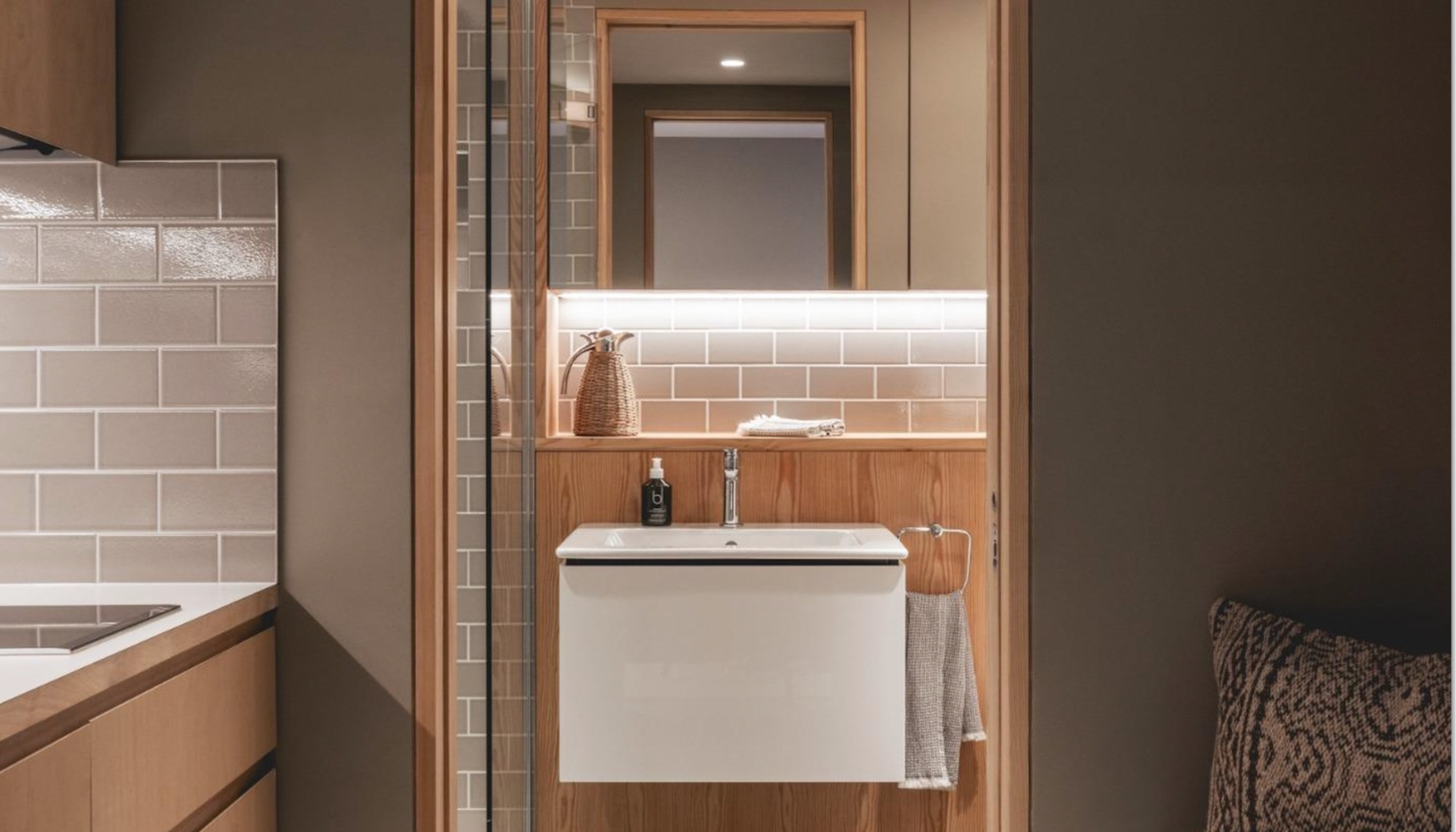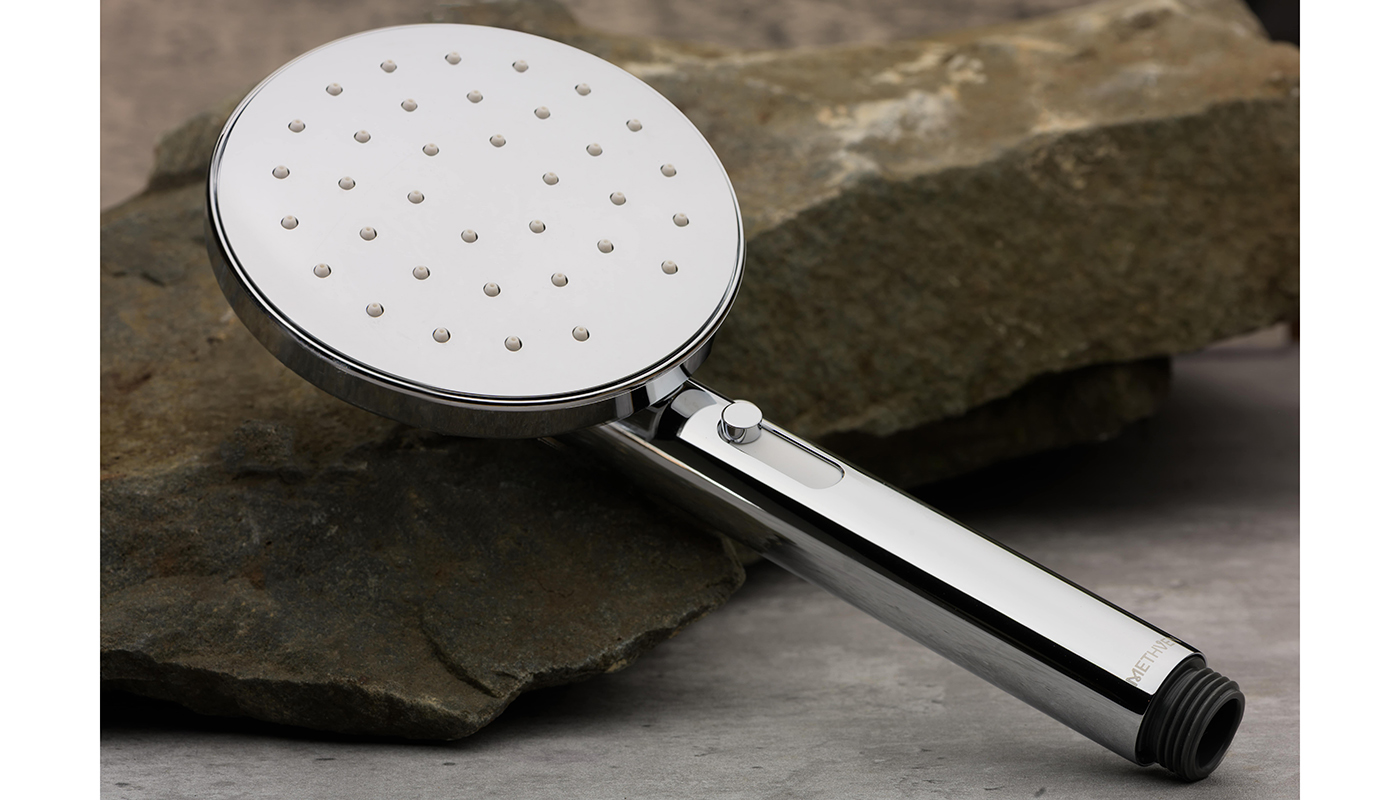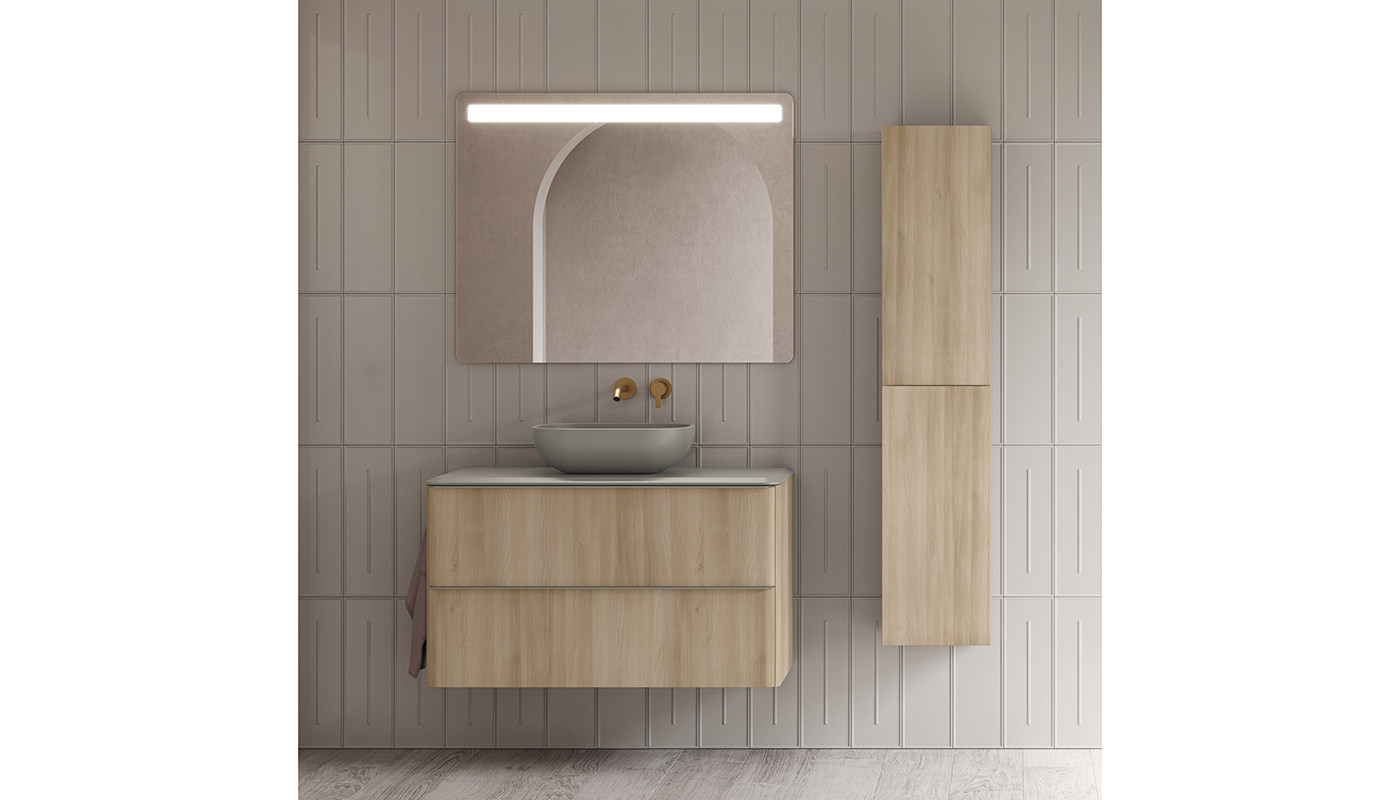Westin's James Rayner – Specifying the right cooker hood for a client

Westin's James Rayner – Specifying the right cooker hood for a client
Choosing the type of extractor that best suits your client is all down to individual factors, says James Rayner, brand manager at Westin. Here he gives a few pointers to make it easier when it comes to specifying a hood for your next project.
As a good kitchen designer, you will be able to suggest a hood that not only aesthetically complements the design, but is the right choice for the hob specified and most importantly, the way your client likes to cook.
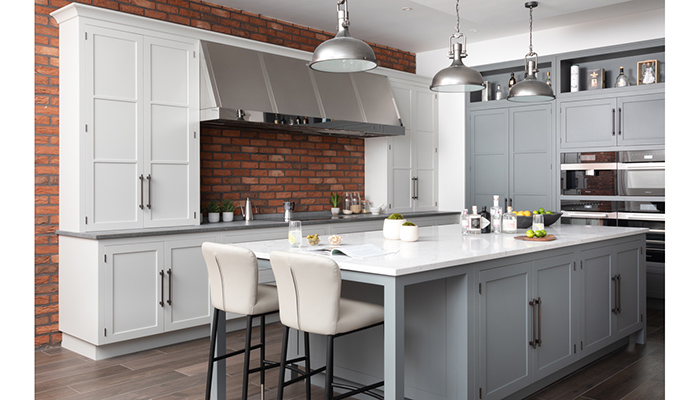
Firstly, look at where you would like the hood to be situated in the kitchen to suit the client best. For best results and ease of extraction, a hood against an external wall with the shortest duct route is best. But this may not work in terms of the overall look you would like to achieve, or how you might envisage the space being used from a social point of view. Island extraction remains a firm favourite in the market, but knowing which hood will work best can be tricky. Do you go for a conventional downdraft? Ceiling hood? Or 2-in-1 vented hob? Again, this all depends on the type of cooking being done. If regular intensive cooking will be done that creates a lot of heat, fumes and odours very quickly, then a conventional downdraft or to a lesser extent the 2-in-1 vented hob, may not be right, as they are local (to the cooktop) solutions designed to take as much of the fumes as possible as soon as it leaves the cooktop. Fine for standard everyday low intensity cooking, but on the occasion that your client cooks a steak, a curry or a stir fry, these types may fall short. A ceiling hood can be a better option as this is an environmental solution and allows the air to move naturally before extracting. The added benefit of this extraction type is that as long as it is positioned in the highest point in the room, it will pick up fumes from other appliances such as wall ovens.
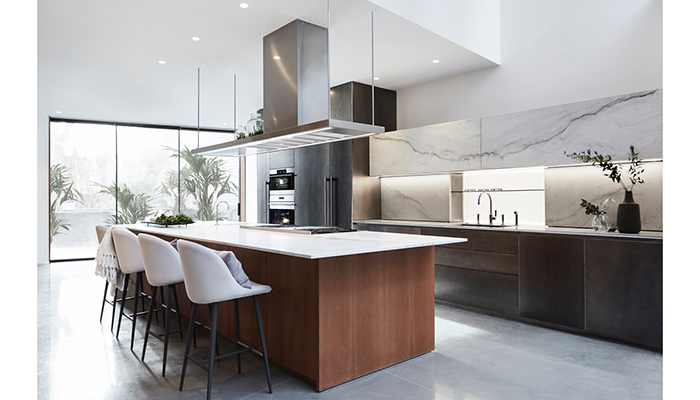
A lot of appliance manufacturers will have set rules and calculations that state for X size of kitchen, you require X cubic metres per hour of airflow. In theory this is fine, but in practice this doesn’t take into account the cooktop used, or more importantly, the way your client likes to cook. The key with extraction is to think about this as early as possible during initial planning and design. As a general rule, cooking against a wall isn’t subject to the same level of cross draughts and disturbance as cooking on an island, so therefore under normal circumstances will require less power.
What power to go for can be tricky. Too little, and fumes and odours will escape into the room and ultimately the rest of the house – too much and this could create an air deficit and will pull air from the rest of the house and take away heat. Always consult an appliance manufacturer for their advice with the individual circumstances before you decide. There is one tip that works across the board no matter what style of hood you select – advise your client to turn the hood on 10 minutes before they start cooking. This creates a current for the air and aids extraction massively.
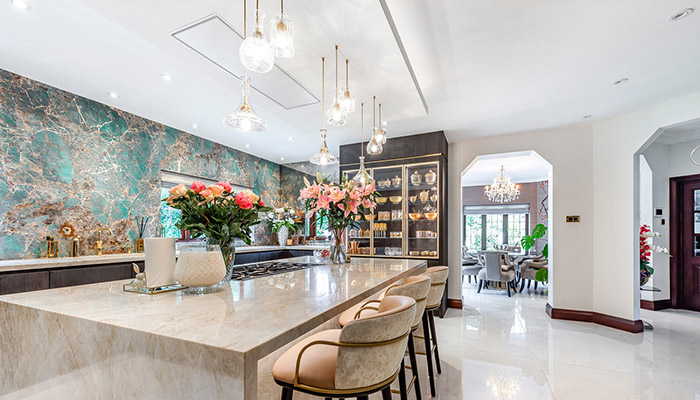
For built-in (to furniture or a mantle) hoods, always try and overlap the hob size. For an 800mm wide hob, for best results use a 900mm hood. Try and go as deep as possible on these types of hoods. Try and stick to minimum distances between hob and hood of 650mm for induction, and at least 800mm for gas hobs – with gas always check manufacturers' recommendations as some of the more powerful cooktops can be as high as 1000mm. The key is to cover as much of the hob as possible, ideally 50mm shorter than the front of the hob.
Ceiling hoods are a little bit different, again overlap if possible with width and depth to ensure the majority of fumes are collected first time around. Check manufacturer guidance on maximum height efficiency. A lot of hood manufacturers recommend a maximum height of around 2.7 – 2.8m. Westin has no maximum height efficiency. As long as the hood is in the highest point in the room, with no vaulted sections or areas where the air can escape into, the hood will collect everything, even at 3m plus.
Ducting externally is ALWAYS the best option. Recirculation has improved massively over the years but is still much less effective and – more importantly – will not get rid of moisture. As a rule, ducting should always be as large as you can accommodate. Try and stick to 150mm diameter circular, or 220mm x 90mm rectangular as a minimum size for effective extraction. The larger the duct, the better the results. If possible try and avoid doing full duct runs in flexible ducting. This is, as the name suggests, flexible, flimsy and creates air turbulence. This in turn increases noise levels and has a tendency to vibrate. If you can accommodate rigid plastic or galvanised steel ducting, this will achieve the best results. If the duct route requires bends and some flexibility in the duct, semi-rigid metal ducting is the next best thing as it is flexible, but maintains the basic shape rigidity.
As you know, the design and choice of a hood will impact the whole kitchen design. So do you want something that will blend into the design and put the focus on the rest of the kitchen, or do you want to create something that will be a statement centrepiece? For minimalist kitchens with a hob on an island, a ceiling hood will not only provide the best results as an environmental solution, but will allow for clear lines of sight across the kitchen. To take this to the next level, choose a model that fits flush to the ceiling and have this colour matched to the exact shade and finish as the ceiling. On the flipside, Westin’s bespoke service allows you to create a truly unique statement showpiece to your client's exact requirements. Any style, any size, any finish, any power level – the possibilities are endless.
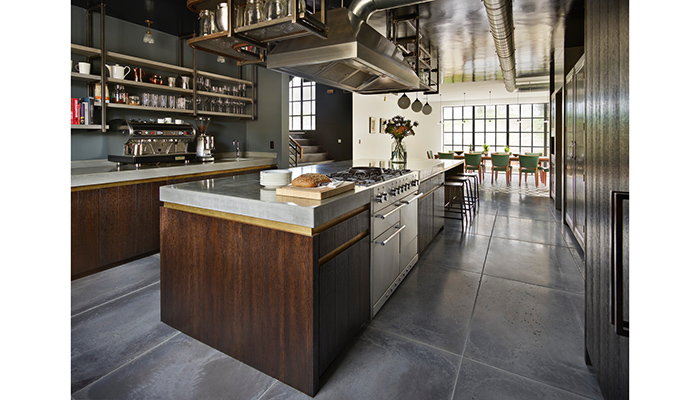
Tags: insight, features, westin, james rayner, extraction, appliances, kitchens





